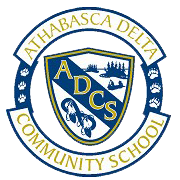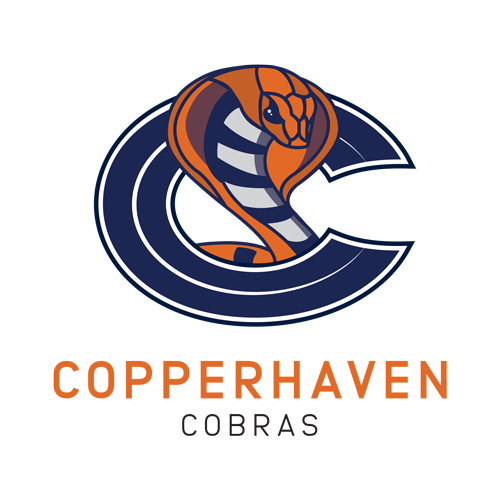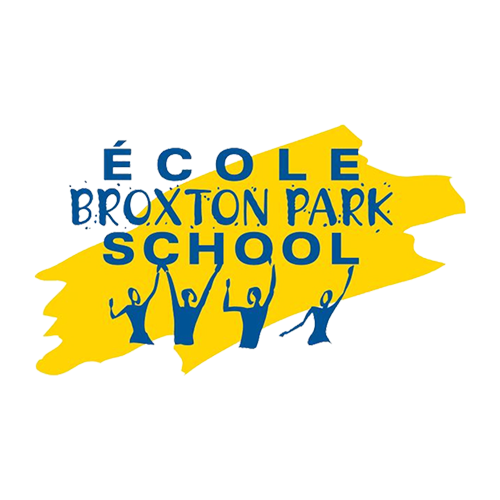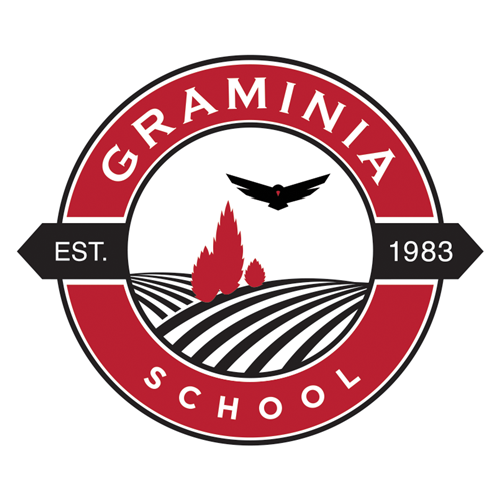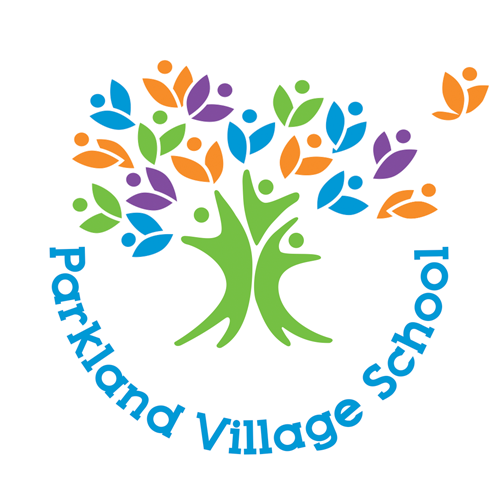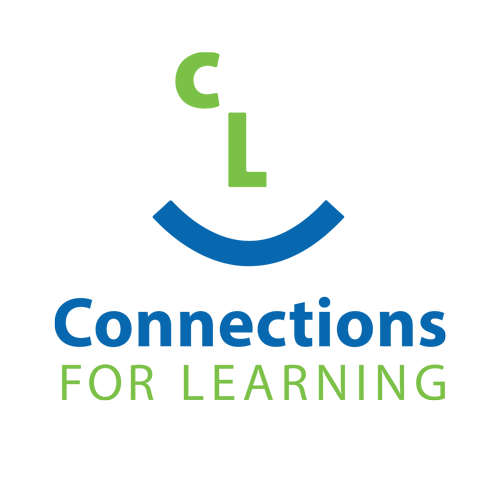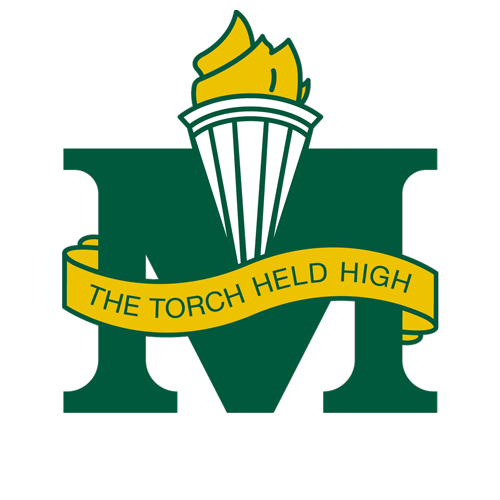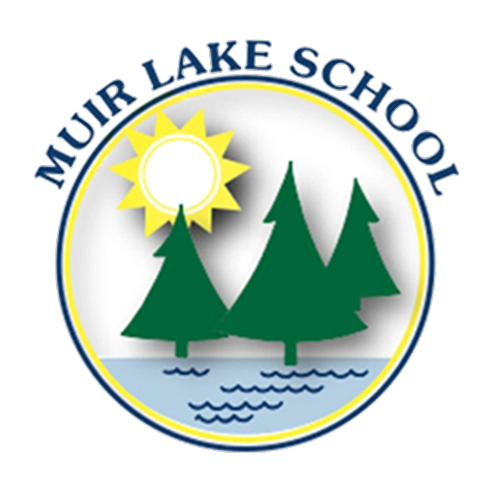AP 380: Promoting Positive Behaviour at School
Organization & Culture
Background
The Division recognizes and appreciates the staff and community individuals who give their time as supervisors, advisors and coaches for students in school-authorized events and activities.
Expectations for responsible behaviour apply not only to students but also to all individuals involved in the education system – parents, guardians, volunteers, teachers and other staff members, whether they are on school property, on school buses or at school-authorized events or activities.
All members of the school community are to treat others with civility and with respect for the dignity of all individuals, in accordance with the provisions of the Canadian Charter of Rights and Freedoms and the Alberta Human Rights Act.
Definitions
A. Learning and Working Environment: The environment that extends beyond the immediate school or jurisdiction office to those sites or to those venues where school related social or sport activities occur including the playground, the playing field, the school bus or the location of any offsite school activities.
B. Member of the School Community: Includes any student, parent, staff member, coach, advisor, supervisor, spectator, volunteer or other visitor involved in a school-authorized activity.
C. Code of Conduct: Outlines the behavioural expectations held for any and all members of the school community involved in any school-authorized activity. Administrative Procedure 350 – Student Code of Conduct establishes the procedures for schools to generate an appropriate Student Code of Conduct.
D. Harassment: Any behaviour that by effect or intention is disparaging, humiliating or harmful to another person. It is behaviour that denies the dignity and respect of an individual or is demeaning and/or humiliating to another person. The behaviours need not to be intended as harassing to be considered as personal harassment. It is sufficient that one knows or ought reasonably to know that their behaviour is offensive and unwelcome.
E. Volunteer: Any individual who provides his or her time without expectation of remuneration. Volunteers can and may include staff, parents, students and other community members.
Procedures
1. Principals or their designates shall be responsible for informing all individuals involved in school-authorized activities about this administrative procedure and the Division’s Code of Conduct for members of the school community involved in school-authorized activities.
2. All members of the school community, including all volunteers and all visitors, involved in school-authorized activities shall conduct themselves in a manner that provides safe and caring learning environments and that protects the interests and well-being of everyone.
3. Codes of Conduct shall be displayed conspicuously in all schools.
4. Principals, in consultation with stakeholders, shall develop a school code of conduct that may include additional school level policy or procedures, including such documents as player agreements and/or rules for athletic participation.
5. All members of the school community involved in school-authorized activities shall be expected to behave as responsible citizens and to promote the use of appropriate means for conflict resolution, without condoning or permitting the use of physical aggression, verbal aggression or personal harassment.
6. Principals or designates (in cooperation with other visiting school authorities, where appropriate), shall take immediate and appropriate corrective action in situations where an individual has contravened the Code of Conduct. Such corrective action may include:
6.1 Providing a caution about the inappropriate behaviour to the offending individual,
6.2 Asking the offending individual to leave the premises,
6.3 Using the authority of the Education Act to involve the police as per Section 256 (Prohibited Activities) of the Act,
6.4 Communicating in writing to an offending individual, advising that he or she is prohibited from attending a school-sponsored activity, as per Section 256 of the Education Act,
6.5 Requiring an intervention related to conflict resolution as a condition to the continuing participation of an individual in school-authorized activities, such as a community conference, to resolve issues between an individual and one (1) or more others, or
6.6 Undertaking an investigation for possible disciplinary action, according to policy or procedures, if the offending individual is a member of the staff or student body.
7. Individuals not satisfied with actions taken with respect to the enforcement of this administrative procedure are entitled to pursue the matter by appealing, in writing, to the Superintendent or designate.
8. Any person who believes that they have been subjected to personal harassment may pursue redress from external bodies such as civil or criminal court or the Alberta Human Rights Commission.
Approved:

